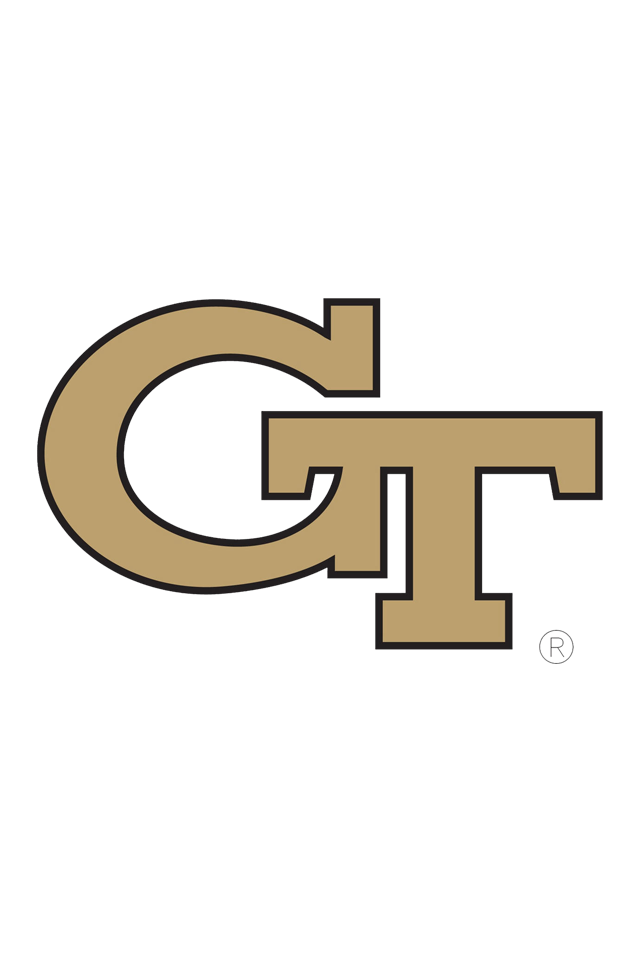Hello! My name is Savannah Persky, and I’m a senior at Georgia Tech pursuing a B.S. in Business Administration with a concentration in Information Technology Management. I’ve gained professional experience through co-op rotations at Delta Air Lines and Lockheed Martin, where I focused on process improvement, procurement, and data-driven strategy. On campus, I’m actively involved in consulting projects and student leadership, where I enjoy combining problem-solving with teamwork to deliver impact. I’m passionate about innovation, operations, and helping organizations create more efficient, people-focused solutions. Outside of school and work, I love to travel and explore new places, go for long runs, and play the violin!
My Experience
-

Delta Air Lines
At Delta Air Lines, I’ve worked in On-Board Services focusing on process optimization, as well as in Pricing Strategy, where I supported data-driven decision making.
-

Lockheed Martin
At Lockheed Martin, I worked in Skunk Works procurement and supply chain, supporting sourcing projects and process improvements.
-

Georgia Tech
At Georgia Tech, I’ve been actively involved on campus through my consulting club, where I gained experience delivering solutions to local businesses, and I’ve strengthened my skills in data analysis, strategy, and technology through coursework in business, analytics, and IT management.
Delta Air Lines
Atlanta and Boston Kitchen Facility Optimization Project
Overview: Through data-driven analysis of inbound and dish wash operations at Delta’s Boston and Atlanta international kitchens, I designed a streamlined process that improved efficiency and optimized staffing. The initiative cut processing time by 50.5%, corrected workload imbalances, and identified ~$100K in potential annual labor savings.
Step 1: Data Collection & Current-State Assessment
I began by conducting in-depth data collection to understand the baseline performance of inbound and dish-wash operations at both airline kitchen facilities. This included:
Recording process timings across each stage of inbound cart handling and dish room workflows.
Tracking the volume and type of carts arriving from international flights.
Compiling staffing counts and shift patterns to compare labor allocation against workload demand.
Creating a current-state process map of kitchen layouts, equipment, and workflows for inbound carts and dishwash operations.
This data provided a clear picture of the current-state inefficiencies, including processing bottlenecks, redundant tasks, and staffing imbalances.
Step 2: Process Redesign & Solution Development
I then designed and tested a new optimized process flow to improve efficiency and balance workload distribution. This phase included:
Restructuring cart and dishwash workflows to minimize redundant handling and reduce overall process time.
Proposing revised staffing models that aligned labor allocation with inbound flight volumes.
Creating an updated future-state process map to visualize improvements and streamline kitchen layouts.
Running scenario testing with proposed changes to estimate efficiency gains and labor savings.
Using Excel models to quantify and monetize potential savings, translating process improvements into financial impact metrics.
This redesigned process created a streamlined, future-state workflow that reduced redundancy, balanced staffing with demand, and provided a data-backed framework for operational and financial improvement.
Pre-Initiative and Post-Initiative Process Maps
Pre-Initiative
Scattered inbound cart handling with no standardized process.
Disorganized workflows leading to congestion and delays.
Lack of defined routing, causing redundant cart movement.
Staffing often misaligned with inbound volume.
Post-Initiative
Dedicated holding areas established for specific inbound cart types.
Structured, assembly-line style disassembly and dishwashing process.
Clearly defined cart flow routes through the inbound area to minimize congestion.
Streamlined workflows enabling balanced staffing and smoother operations.
Results & Impact
The optimization initiative delivered significant improvements in both efficiency and cost savings. Key outcomes included:
50.5% reduction in total processing time across inbound cart handling and dishwash operations.
Balanced staffing allocation, eliminating peak-time labor shortages and reducing idle time.
Monetized savings of approximately $100K annually, calculated through Excel-based labor cost modeling.
A scalable framework that can be replicated across other international kitchen facilities for further impact.
In recognition of this work, I earned my Lean Six Sigma Green Belt certification, and it was especially gratifying to see my own ideas implemented in a live operation with measurable results.
Lockheed Martin
Automated Price Template Project
Overview: Through the development of an automated Excel price analysis template, I streamlined the supplier comparison process for the procurement team, reducing manual effort and ultimately enhancing cost visibility across sourcing activities.
Price Template Creation and Development – Lockheed Martin
Created an automated Excel price comparison table to streamline supplier cost analysis.
Designed the tool to allow buyers to input product costs and instantly compare across multiple vendors.
Standardized pricing data to eliminate manual formatting and reduce analysis time.
Enabled the procurement team to make faster, more informed purchasing decisions with a clear side-by-side view.
This project provided a scalable, user-friendly tool that improved efficiency, enhanced cost visibility, and empowered buyers with actionable insights for smarter sourcing decisions.
Consult Your Community
Lotus Flower Om Brand Management Consulting Project
Overview: As part of Georgia Tech’s Consult Your Community club, I worked with Lotus Flower Om, a local startup skincare company, to improve its brand visibility and customer reach. Serving on the Brand Management team, I focused on product packaging and sourcing strategy, helping the founder design a stronger market presence and streamline her supply chain.
My Role & Contributions
Brand Visibility Strategy – Researched and recommended approaches to increase product visibility, including customized packaging and curated in-store experiences.
Manufacturer Sourcing – Created an Excel-based price comparison table of wholesale manufacturers for skincare packaging (serum, candle, and cream boxes), ensuring recommendations fit the founder’s budget and design goals.
Design Support – Contributed to moodboarding and packaging concept development, guiding the visual direction of the brand’s customer-facing experience.
Results & Impact
Delivered a curated set of packaging vendor options with transparent cost comparisons, enabling the founder to make informed purchasing decisions.
Equipped the client with a practical roadmap for brand visibility, blending creative design concepts with cost-effective supplier strategies.
Strengthened skills in market research, supplier analysis, and brand management consulting, while supporting a local entrepreneur’s growth journey.
Georgia Tech Coursework
Capital One Case Project
Overview: Through a Capital One–sponsored project at Georgia Tech, I developed a Growth Business Credit Card concept to expand credit access for underserved entrepreneurs, created a marketing and risk-management strategy, and presented recommendations to a Capital One analyst.
Step 1: Research & Proposal
My team and I began by analyzing Capital One’s current small-business credit offerings and identifying gaps in serving low-to-moderate income (LMI) communities. From there, we worked to design a new credit solution tailored to small businesses:
Proposed a Growth Business Credit Card with incremental lending, 0% APR for the first 12 months, and secured/unsecured options.
Integrated consulting-based rewards to provide entrepreneurs with ongoing business support alongside credit access.
Sized opportunities in Washington, D.C. and Richmond, VA, targeting the 1.3M small businesses in LMI communities.
Distinguished between new businesses with less collateral (unsecured credit) and established businesses with collateral (secured credit).
This step helped us establish the foundation of a product that was both profitable for Capital One and accessible to underserved entrepreneurs.
Step 2: Strategy & Implementation Plan
With the concept solidified, we shifted focus to developing the marketing and risk-management strategy to ensure the card’s feasibility:
Designed a multi-channel marketing plan: email advertising, hosted events, and social media outreach.
Proposed partnerships with NACM, Georgia Tech Scheller, and consulting/advisory firms to provide education and credibility.
Addressed risks of misuse and bankruptcy by including periodic consultation check-ins and structuring loans into smaller tranches.
Added real-life, scenario-based training modules to reduce inexperience risk for new entrepreneurs.
This phase demonstrated how Capital One could responsibly launch the Growth Business Card, balancing innovation with risk controls.
Results & Impact
The Capital One case project provided valuable insight into structured problem-solving and product design for financial services. Key outcomes included:
A comprehensive Growth Business Credit Card proposal addressing both profitability and accessibility for small businesses in LMI communities.
A detailed go-to-market strategy with marketing channels, partnerships, and risk controls to ensure long-term sustainability.
Strengthened my skills in analyzing business challenges, designing practical solutions, and communicating insights effectively.
The opportunity to present recommendations directly to a Capital One analyst, gaining feedback and exposure to real-world financial strategy.
This experience was especially rewarding because it combined innovation with social impact, showing me how financial products can be designed to empower underserved entrepreneurs while supporting corporate growth.




